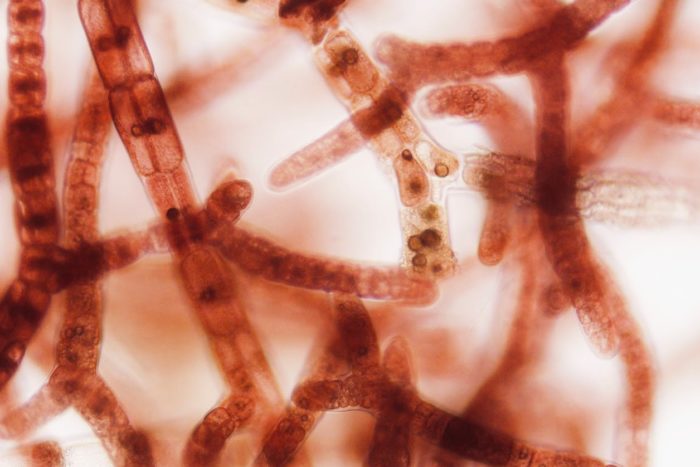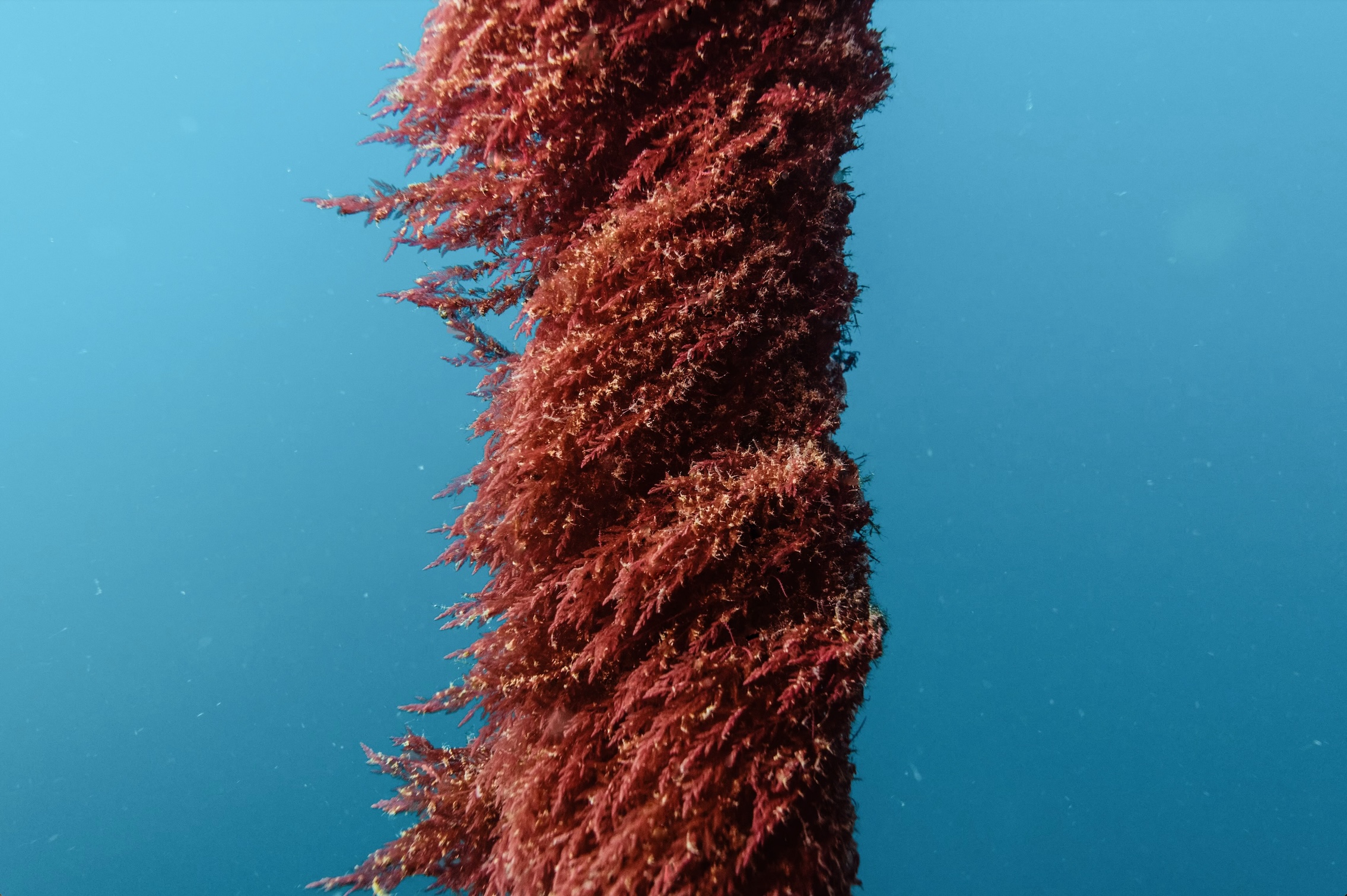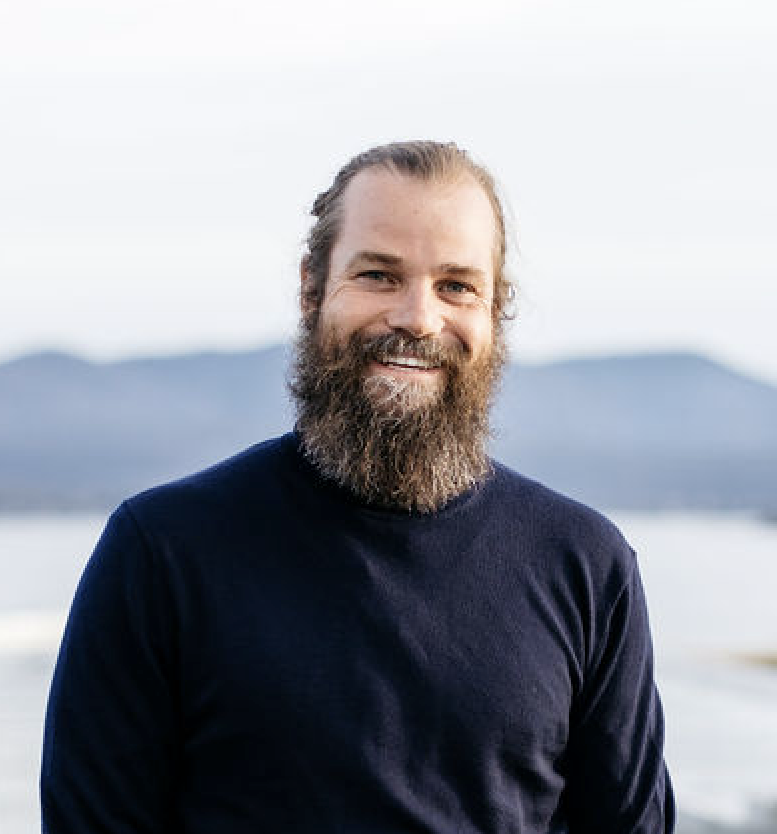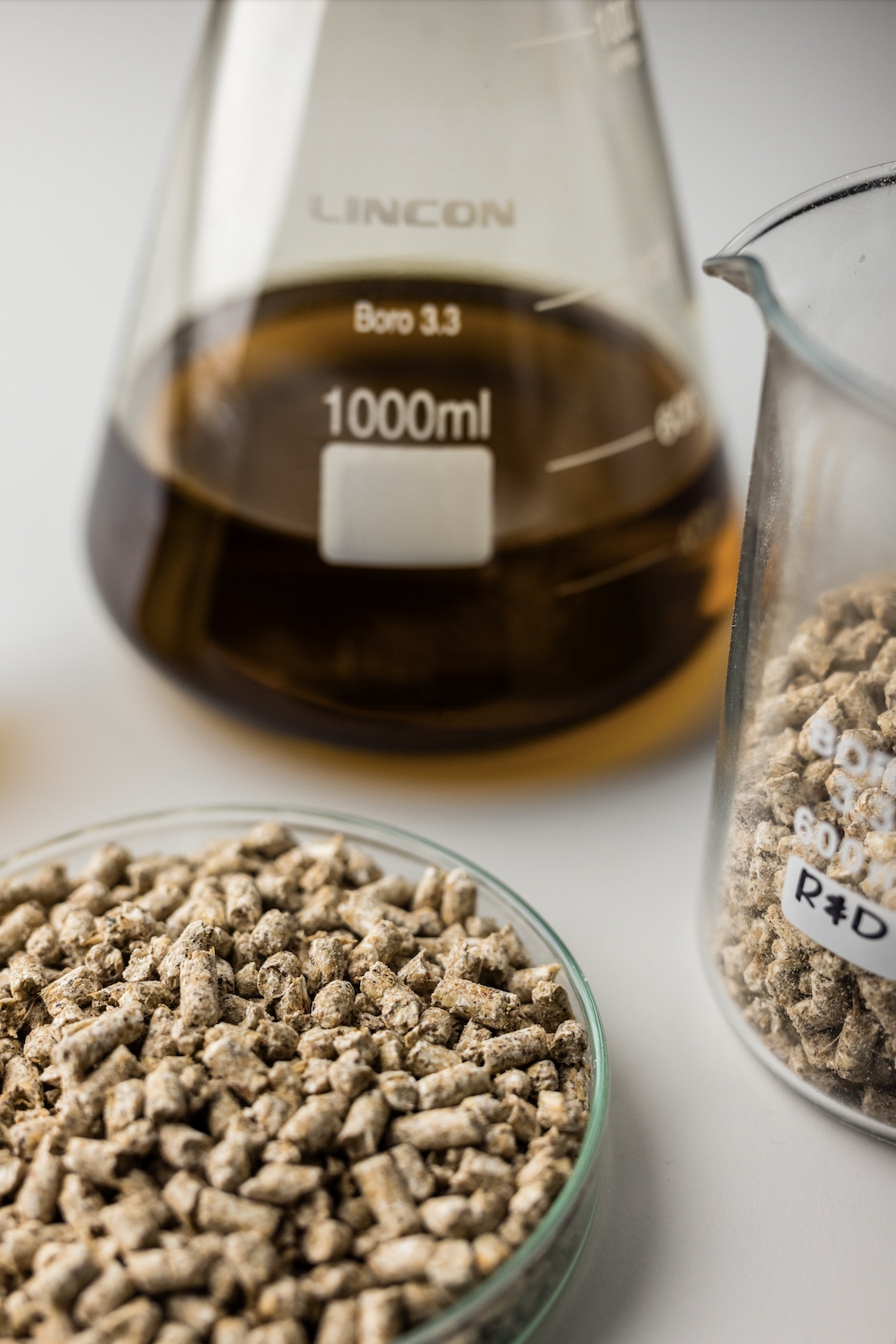
Sam Elsom grew up camping and surfing in Australia where he quickly developed a love for the ocean and wildlife. In 2004, he launched one of Australia’s first sustainable apparel houses, which later led him to consulting for companies like Kering and Quiksilver on improving the social and environmental impacts of their supply chains. After reading a 2017 report by the Intergovernmental Panel on Climate Change (IPCC), Sam was inspired to find a way to create larger impact. During this time, he came across research conducted by Australia’s Commonwealth Scientific and Industrial Research Organisation (CSIRO) on feeding a variety of seaweeds to livestock to measure the impact on methane production. One seaweed, Asparagopsis, significantly outperformed the rest with a very small amount resulting in the elimination of almost all emissions. Shortly after this discovery, in 2018, Sam founded Sea Forest, a company that has taken those early findings and brought it to market at scale. Their product, SeaFeed™, is a seaweed-infused feed supplement for all ruminant (animals with four stomachs) livestock. They use both marine and land-based aquaculture to farm the Asparagopsis, and “have the capacity to reduce approximately 10 million tons of CO2e per year from livestock production,” says Sam. While headquarters is located in Tasmania, and Australian farmers have been using SeaFeed since 2020, the company has since expanded to Europe with plans to eventually supply every continent.

Can you tell us about the journey to founding Sea Forest?
I’ve always been passionate about the environment, and have been involved in environmental groups for a long time. I grew up camping and surfing with a love for the ocean and wild places, which also gave me an awareness of the threats facing these precious ecosystems, largely from human influence.
I spent the first part of my career in the fashion industry. In 2004, I started one of Australia’s first sustainable apparel houses, focused on improving the social and environmental impacts of the fashion supply chain. I developed direct relationships with primary producers and mills to support chemical-free processing and built a satellite factory providing employment for women in regional India and education for their children. I also worked on creating innovative, sustainable textiles, using early concepts of circularity—fibers made from the proteins in dairy waste, and sequined dresses and polyester fiber from recycled plastic bottles.
The goal of that work was to provide consumers with better transparency on where and how their products were made. It was all-consuming but a really exciting journey that saw our products retailed around the world from Selfridges to Barneys. It also led to me consulting for multinational companies like Kering and Quiksilver, looking at building more sustainable supply chains. Looking back, sustainability and transparency has come a long way across so many industries since those days.
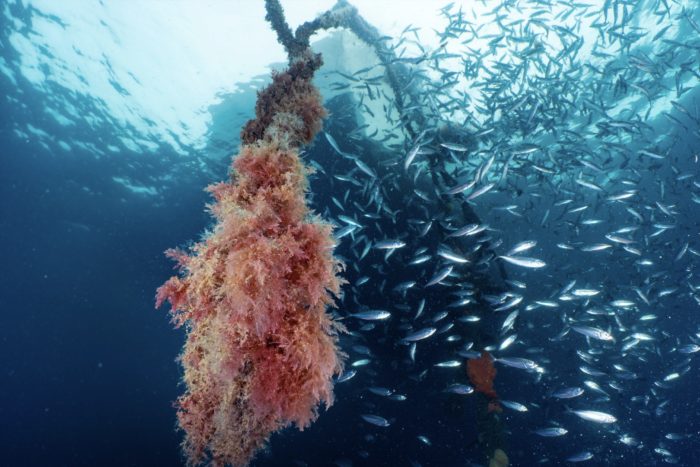
The big career pivot for me came from my increasing awareness of our changing climate. In 2017, the IPCC released a report showing some pretty scary graphs tracking the expected outcomes from the lack of tangible action on climate change. That got me feeling both anxious and energized to explore possible solutions, and the one that excited me most was seaweed. For all the reasons we’re so familiar with now, but particularly the fact that it’s incredibly fast growing, captures carbon, reduces ocean acidification and has so many useful applications, along with many benefits for marine life.
While researching native species to the Australian marine environment, I stumbled on research being conducted by Australia’s peak science body, the CSIRO. A group of scientists were feeding a variety of seaweeds to livestock to measure the impact on methane production and found one seaweed, Asparagopsis, could virtually eliminate the emissions by feeding a tiny amount to the animal daily. This incredible discovery had two big bottlenecks though—no one knew how to grow it, and there was no commercial supply. So, this seaweed became my obsession, and Sea Forest was founded in 2018.
Today, we’ve established a 1,800ha marine lease and 30ha land-based site with 660 ponds, and we’ve been providing the agricultural industry with our methane-busting feed supplement since 2020. We currently have the capacity to reduce approximately 10 million tons of CO2e per year from livestock production. We’ve come a long way thanks to the mammoth support from some incredible individuals on our team, who have helped us make amazing progress.
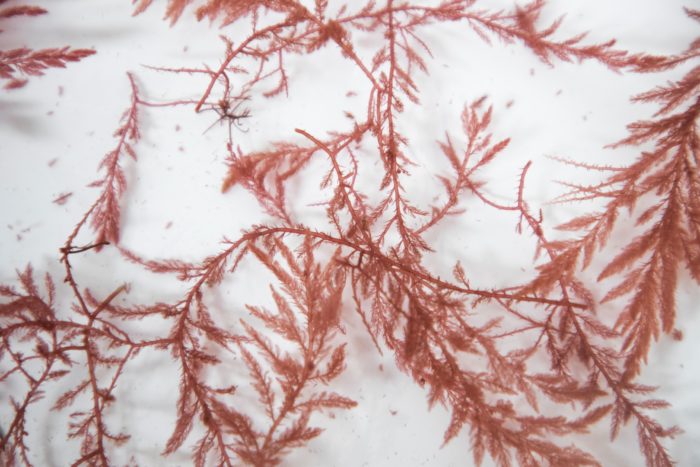
Out of all the varieties of seaweed, why Asparagopsis?
Asparagopsis is one of 12,000 recorded species of seaweed. It’s unique in that it has gland cells which hold a variety of marine compounds that react with enzymes in the stomach of livestock and prevent the formation of methane during digestion. You could think of it as a digestive aid that improves the bioavailability of energy from the feed consumed by animals. This is important because in addition to the seaweed’s ability to grow quickly and capture carbon from the marine environment, as a feed supplement, it has the potential to address a major methane emission source—the production of livestock.
Currently, there are around 2.5 billion cows, sheep and goats on the planet which collectively contribute to about 30% of the world’s methane emissions. Methane has up to 84 times the warming effect on our atmosphere than carbon dioxide. As a gas, it’s beginning to receive greater global awareness with 158 countries signed up to the Global Methane Pledge, a commitment to reduce methane emissions at least 30% from 2020 levels by 2030.
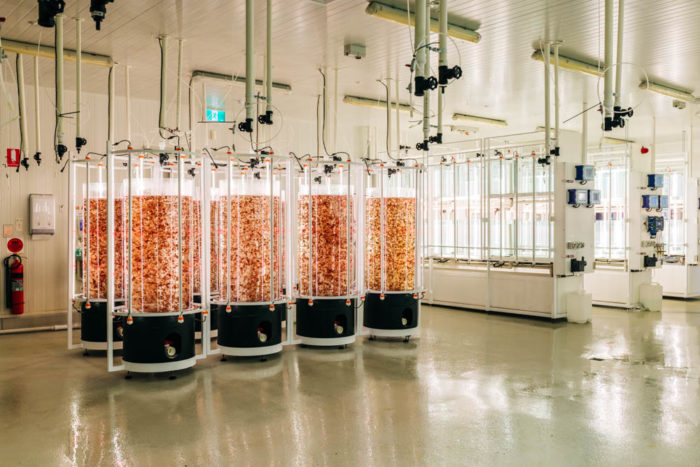
Would other seaweed varieties work? Dependent on location?
Lots of seaweeds have been trialed around the world, but unfortunately no other variety has been found to have the same level of effect on methane as Asparagopsis. Well, none at this stage. Interestingly, there’s a tropical and temperate variety of the seaweed. Both work in the same way on methane but are abundant in different geographic locations. In Tasmania, the temperate variety, Asparagopsis Armata, is naturally abundant year-round. It can also be found in Chile, New Zealand, Ireland, Wales, Southern England and France, whereas the tropical variety can be found from Northern Australia to Japan, Hawaii and Spain.
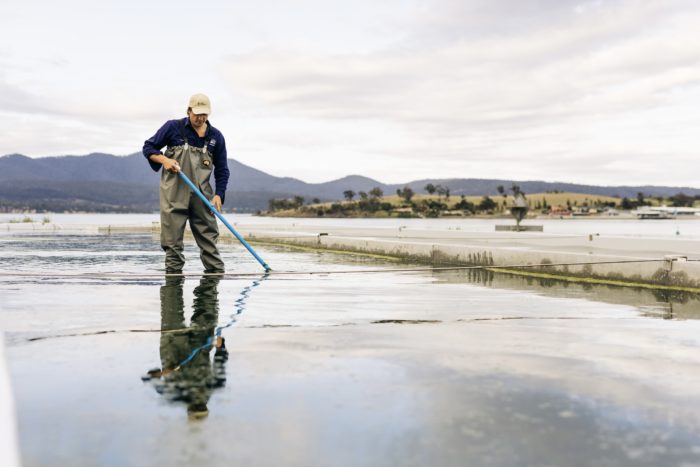
What is the difference between your SeaFeed™ products?
To make an impact on methane reduction, we’ve had to come up with various ways to support all farming systems to use the product. For example, some farmers have access to their animals every day and others don’t see them for months. We developed a liquid supplement for farmers to mix into the feed for their animals daily, and for grazing livestock, we’ve been able to create seaweed-infused mineral blocks, which are placed out in large paddocks for the animals to consume by licking daily—like planet-saving lollipops for livestock.
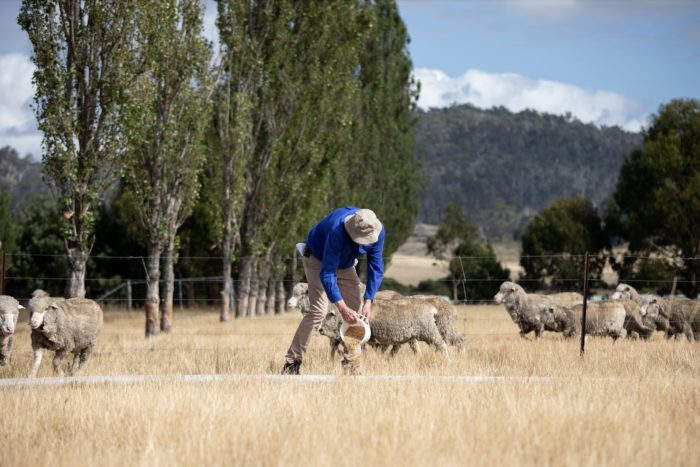
SeaFeed™ is meant for both sheep and cattle?
Yes, the SeaFeed product works on all ruminants, which are animals with four stomachs. Sometimes we’re asked if it can be fed to people’s gassy partners, and it would work in the same way, except with ruminants, one of their stomachs, the rumin, is like a gas chamber and produces large volumes of methane. Hence the large collective contribution these animals make to global methane emissions.
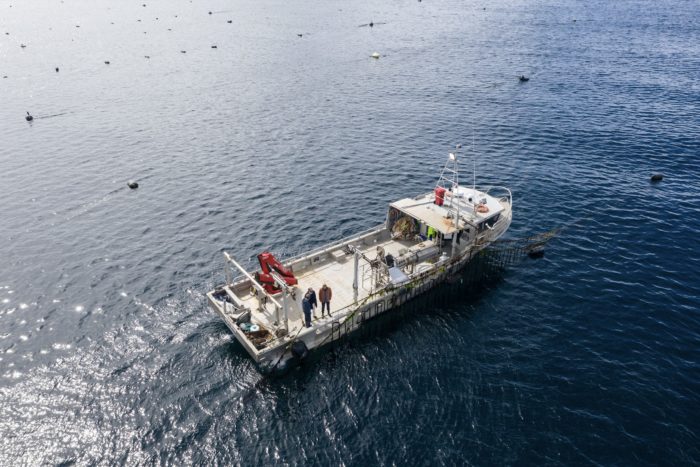
Is there any difference in production between marine aquaculture and land-based aquaculture?
There are lots of differences between producing seaweed on land and at sea. One of the key differences is the life phase of the seaweed we grow in each case. Seaweeds are fascinating organisms because they can have multiple life phases, meaning they reproduce and their offspring look nothing like the parents, much like that of the caterpillar and butterfly.
Another interesting fact is that for a long time one of the life phases of Asparagopsis was considered to be a completely different species, and only in recent years have ecologists understood its complex life cycle. On land, we grow the life phase where they look like little pompoms in ponds, which utilize filtered seawater. The seaweed is free floating and circulates around the pond in a current generated by a paddle wheel. It is harvested weekly and processed on site. Land-based farming is a very low energy production method and as a byproduct of photosynthesis, the water going back to the ocean is more alkaline or oxygenated than the intake water.
In the ocean, we grow seaweed on structures that are submerged six meters below the surface. This means no visual impact and enables recreational vessels to sail right over the farm. The seaweed here takes 8-10 weeks to mature and is harvested by our purpose-built vessels. It’s a streamlined process and with 1,800 hectares, it gives us significant capacity. We also undertake seasonal independent environmental surveys at 27 locations around the farm to ensure our activities are not having a negative impact on the natural marine ecosystem. So far, both are yielding great results, and both have unique benefits. We’re excited by the continuous improvements being made as we pioneer a new and environmentally positive industry in seaweed farming in Australia and soon other parts of the world.
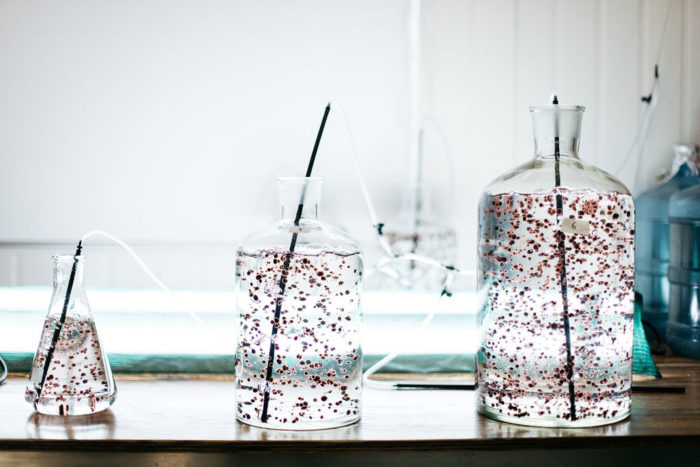
What studies have been conducted so far to show that SeaFeed™ can reduce up to 90% of methane?
The initial research into Asparagopsis’ effect on methane was conducted in 2012 and found over 90% reduction. Since then, there have been more than 30 peer reviewed papers published from universities around the world supporting similarly significant outcomes. These studies have also shown that there’s no impact on the quality of meat or milk coming from the animals or the health of the animals themselves.
The research states that the response is greater the more frequently the animals are fed. For example, dairy cows fed only while milking achieve an approximate 43% reduction in methane, whereas when the supplement is mixed into the whole diet the reduction is much higher.
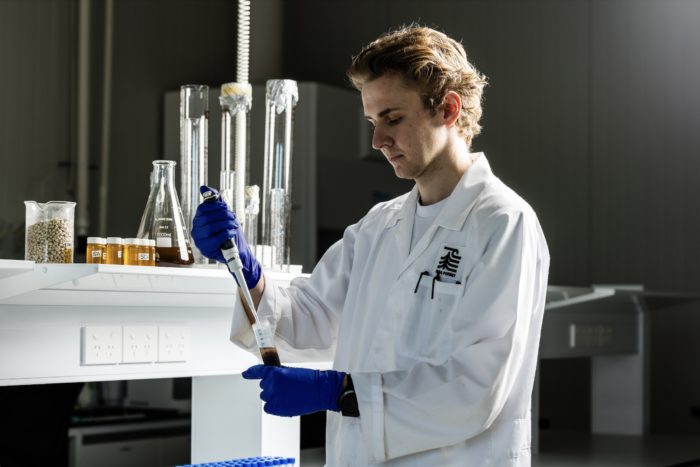
Where is SeaFeed™ available for purchase?
SeaFeed is currently available for farmers in Australia and Europe. Our goal is to bring both cultivation and supply to every continent in the coming years and we look forward to realizing our global impact potential.
We’ve been working hard to support progressive farmers to reduce their emissions across a range of farming systems, but we’re aware of the huge task to significantly cut emissions. To achieve this, we need the largest supply chains in the world to contribute, not just farmers. Right now is the time to come together and begin taking the actions necessary to reduce the impact we’re having on this one planet we have. At Sea Forest, we want to do all we can as the new methane-busting link between farmers and global supply chains. One of the biggest opportunities we have is right in front of us.
